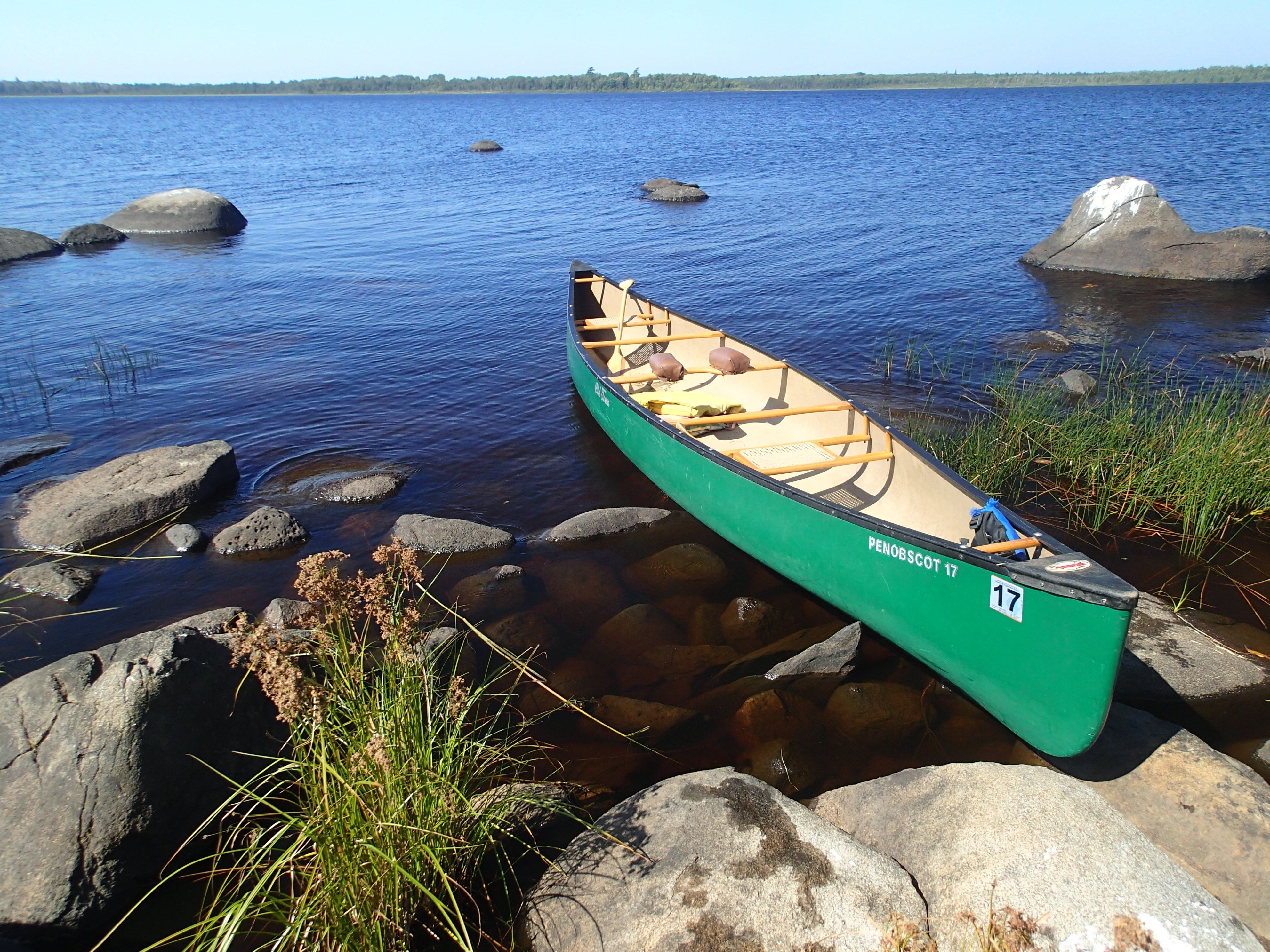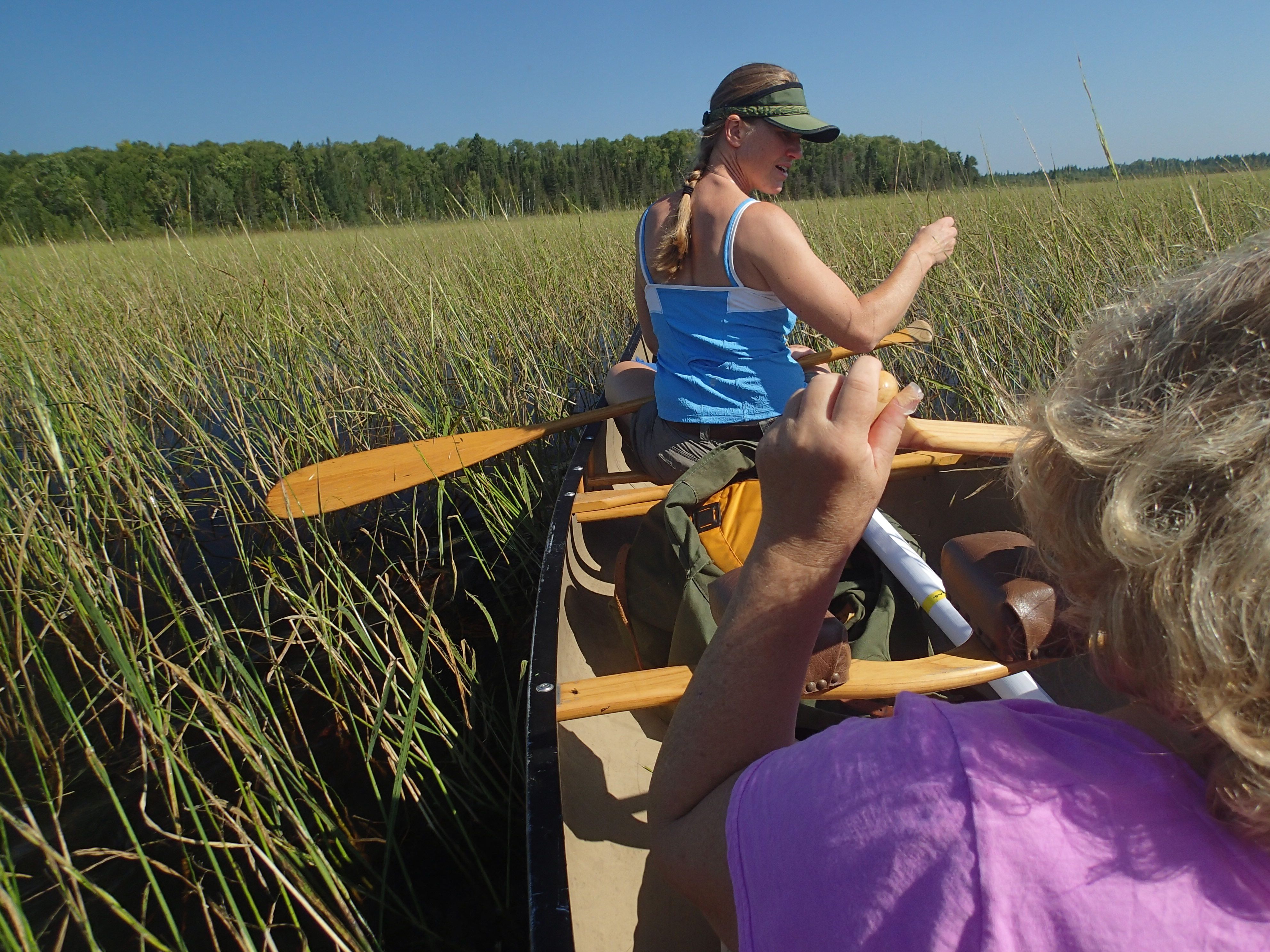 From a canoe, Seven Beaver Lake and Lake Superior could hardly feel more different. Seven Beaver is shallow and muddy, nothing like the deep and rocky Superior. Yet they are deeply connected. Paddling Seven Beaver Lake this week, we were at the headwaters of the St. Louis River.
From a canoe, Seven Beaver Lake and Lake Superior could hardly feel more different. Seven Beaver is shallow and muddy, nothing like the deep and rocky Superior. Yet they are deeply connected. Paddling Seven Beaver Lake this week, we were at the headwaters of the St. Louis River.
If you care about Lake Superior, you should care about the St. Louis River. It’s not only the largest of all the Minnesota tributaries to the lake, it’s the largest on the entire US side. What happens in the St. Louis River can and will affect Minnesota’s one and only Great Lake.
Now the St. Louis River, and Lake Superior with it, is threatened by new sulfide mining at PolyMet. That’s why the St. Louis River has been recognized by American Rivers as one of America’s Most Endangered Rivers of 2015.
 From the rice-lined shores of Seven Beaver Lake, the St. Louis River winds 195 miles across northeastern Minnesota. The water gurgling through the beaver dams on this lake looks clear and clean. Over many thousands of years, the St. Louis River has delivered to Lake Superior countless tons of material eroded from its watershed. The sediment in the estuary, where a few stands of wild rice still grow, ca
From the rice-lined shores of Seven Beaver Lake, the St. Louis River winds 195 miles across northeastern Minnesota. The water gurgling through the beaver dams on this lake looks clear and clean. Over many thousands of years, the St. Louis River has delivered to Lake Superior countless tons of material eroded from its watershed. The sediment in the estuary, where a few stands of wild rice still grow, ca
me from the river. Walleye and sturgeon in the big lake were born and grew up in the river.
And, for about 100 years, the St. Louis River has carried tons of contaminants from human activities.
To this day, there are high levels of PCBs and mercury in the St. Louis River. Not here in the wild headwaters, but below the historic lumber mill town of Cloquet. As of 2007, the river had high levels for a veritable cocktail of industrial contaminants, including DDT, dioxin, mercury, and PCBs. How much of that historic water pollution actually entered Lake Superior is hard to determine now. But it builds up in the food chain and gets into our bodies. In 2012, research revealed that one in ten infants in the North Shore area had high levels of mercury in their blood.
Just as we’re making progress on reducing sources of these contaminants, along comes a proposal for a new source of mercury and sulfates in the river: the PolyMet copper nickel mine. PolyMet hopes to open Minnesota’s first sulfide mine sometime in 2017, and may be seeking permits as soon as this fall.
How could the State of Minnesota ever allow the construction of a new mine and a new source of mercury in the St. Louis River? The MPCA is saying there is too much mercury in the river and its fish; at the same time, they are being asked to allow more mercury to be added.
There are so many reasons to protect the endangered St. Louis River from the threats proposed by PolyMet. Here’s one very important reason: to save Lake Superior.